The kitchen sink is an essential component of any home. It is where we wash dishes, prep food, and fill up pots with water. With so many different types of kitchen sinks available on the market, it can be overwhelming to decide which one is best for your needs. In this article, we will discuss the different types of kitchen sinks, their advantages and disadvantages, and what factors to consider when choosing the right sink for your kitchen.
The Under-Mount Sink
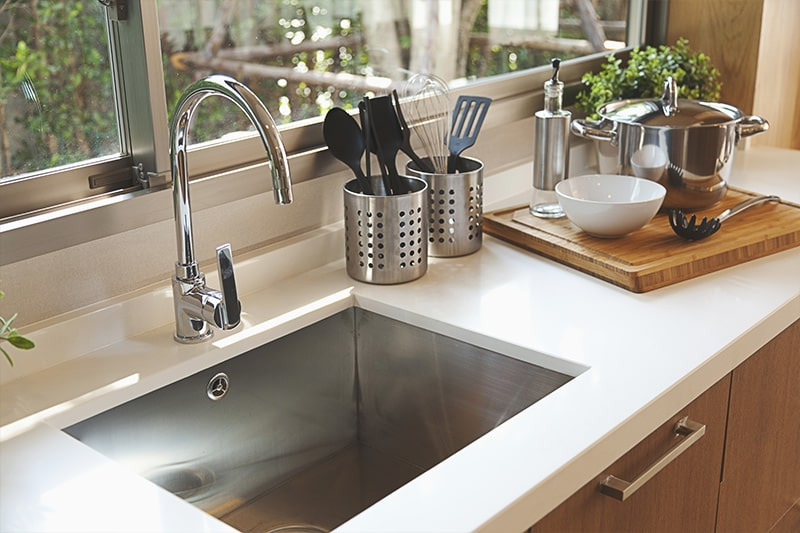
One popular type of kitchen sink (spültischmischer) is the under-mount sink. This type of sink is installed beneath the countertop, creating a seamless and modern look. Undermount sinks are easy to clean because there is no lip or crevice for dirt and grime to collect. They also maximize countertop space, making them a popular choice for smaller kitchens. However, under-mount sinks require professional installation, which can make them more expensive than other types of sinks.
The Top-Mount Sink
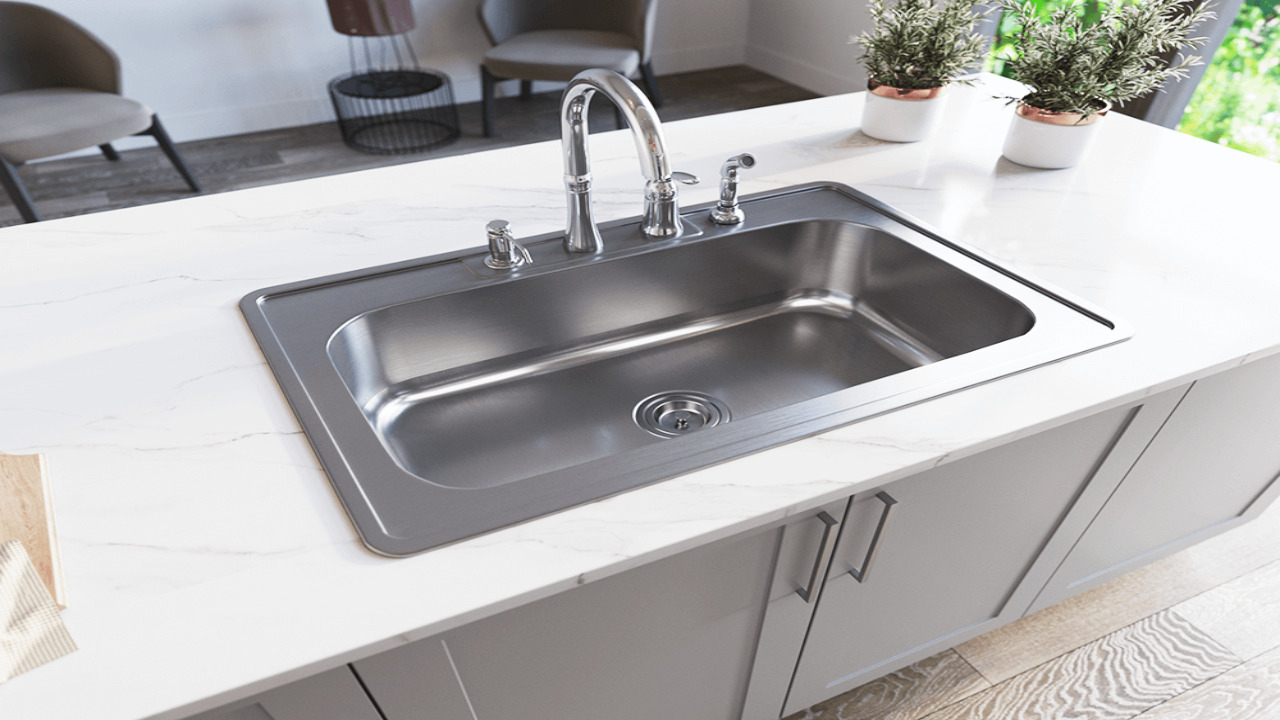
Another common type of kitchen sink is the top-mount sink, also known as the drop-in sink. Top mount sinks are installed by dropping them into a cut-out hole in the countertop. The sink sits on top of the counter, with the rim visible. Top mount sinks are easy to install and come in a wide range of styles and materials. However, the visible rim can interfere with countertop space and collect dirt and grime.
Farmhouse Sinks

Farmhouse sinks, also known as apron-front sinks, are another popular type of kitchen sink. These sinks are characterized by their large, deep basins and front-facing panel that extends beyond the countertop. Farmhouse sinks are a popular choice for rustic and traditional kitchen styles. They offer a large basin for washing big pots and pans and add character to the kitchen. However, farmhouse sinks can be more expensive than other sink types and can be heavy, requiring additional support for installation.
Stainless Steel Sinks
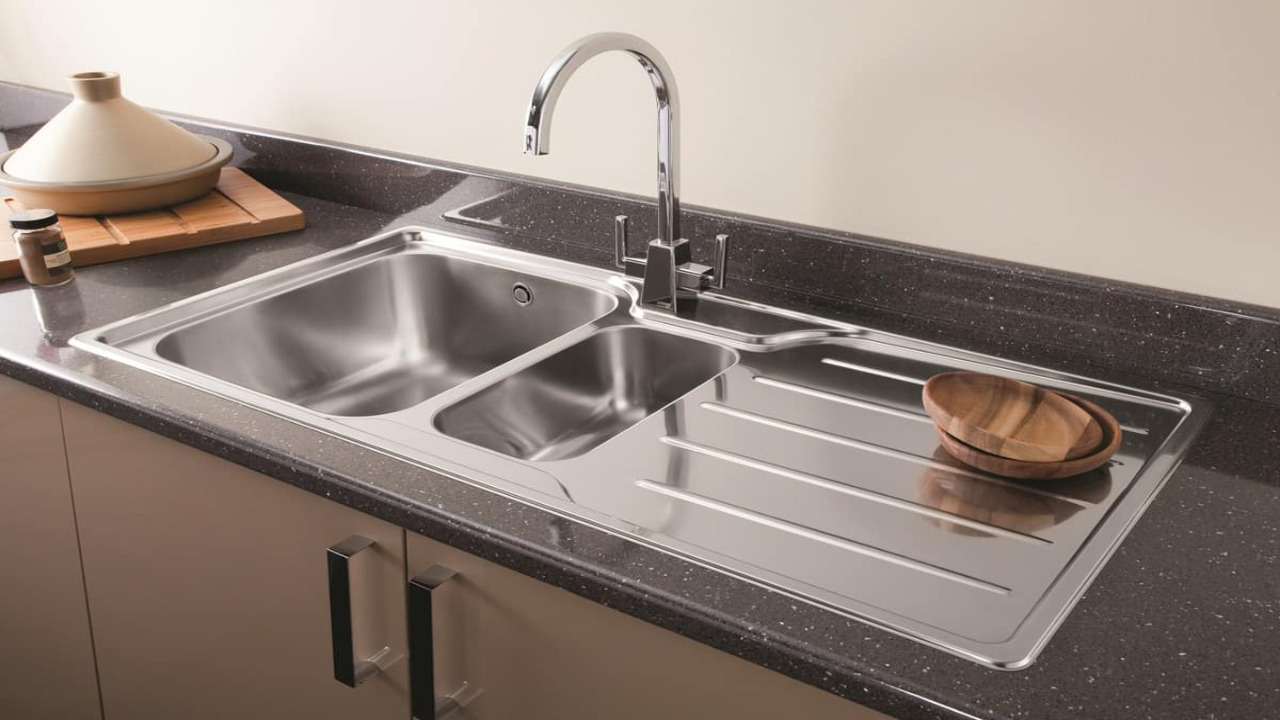
Stainless steel sinks are a common choice for their durability, affordability, and easy-to-clean properties. They are resistant to stains and rust, making them a low-maintenance option for busy kitchens. However, stainless steel sinks can be noisy when water hits the metal, and they can scratch easily.
Cast Iron Sinks
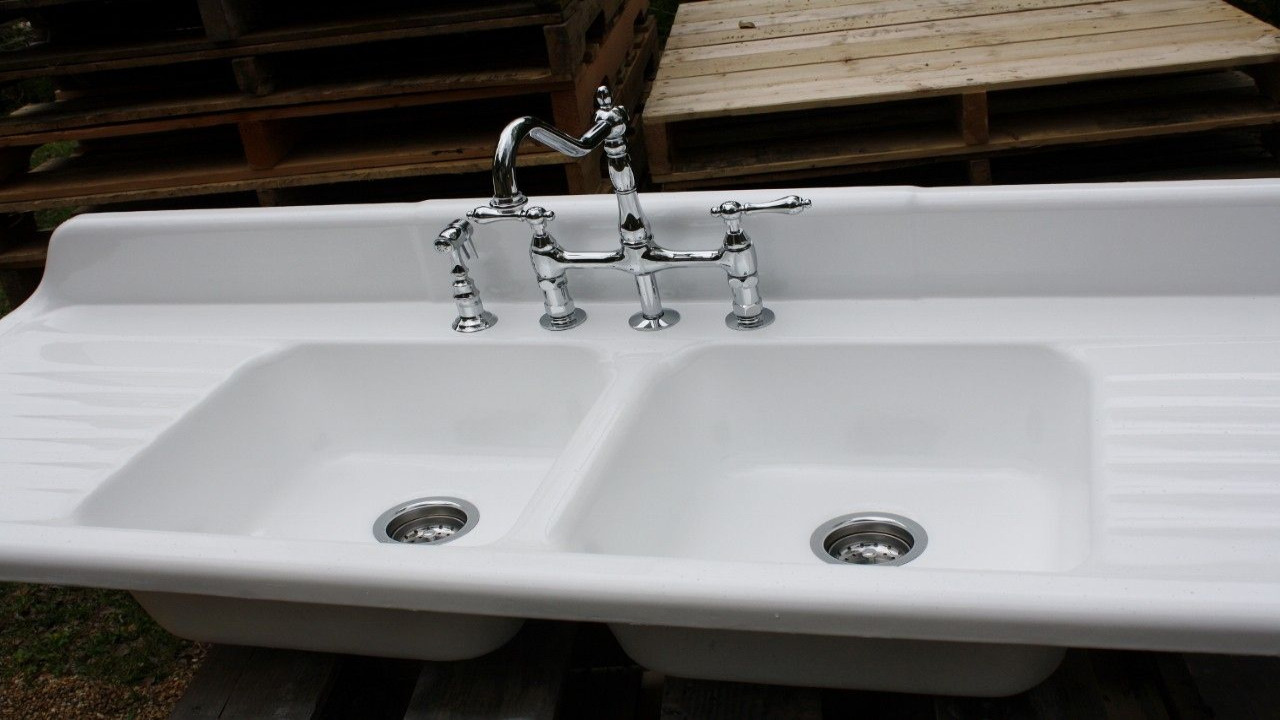
Cast iron sinks are made from a mixture of iron and enamel. They are popular for their classic look and durability. Cast iron sinks can be made in various colors and designs and are resistant to scratches and stains. However, they can be heavy and require additional support for installation, and they can be more expensive than other sink types.
Composite Sinks
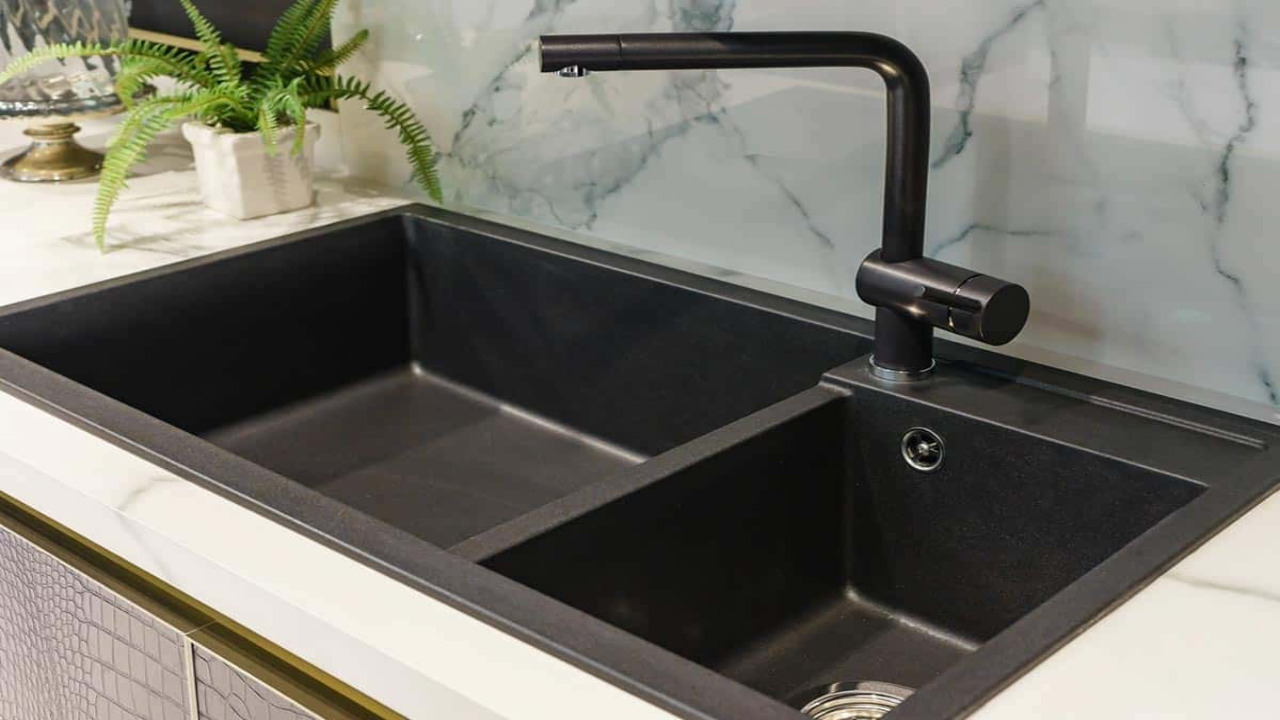
Composite sinks are made from a mixture of materials such as granite, quartz, and resin. They are a popular choice for their durability and aesthetic appeal. Composite sinks are durable and long-lasting, and they can be made in various colors and designs. However, they can be more expensive than other sink types and can be heavy, requiring additional support for installation.
Ceramic Sinks
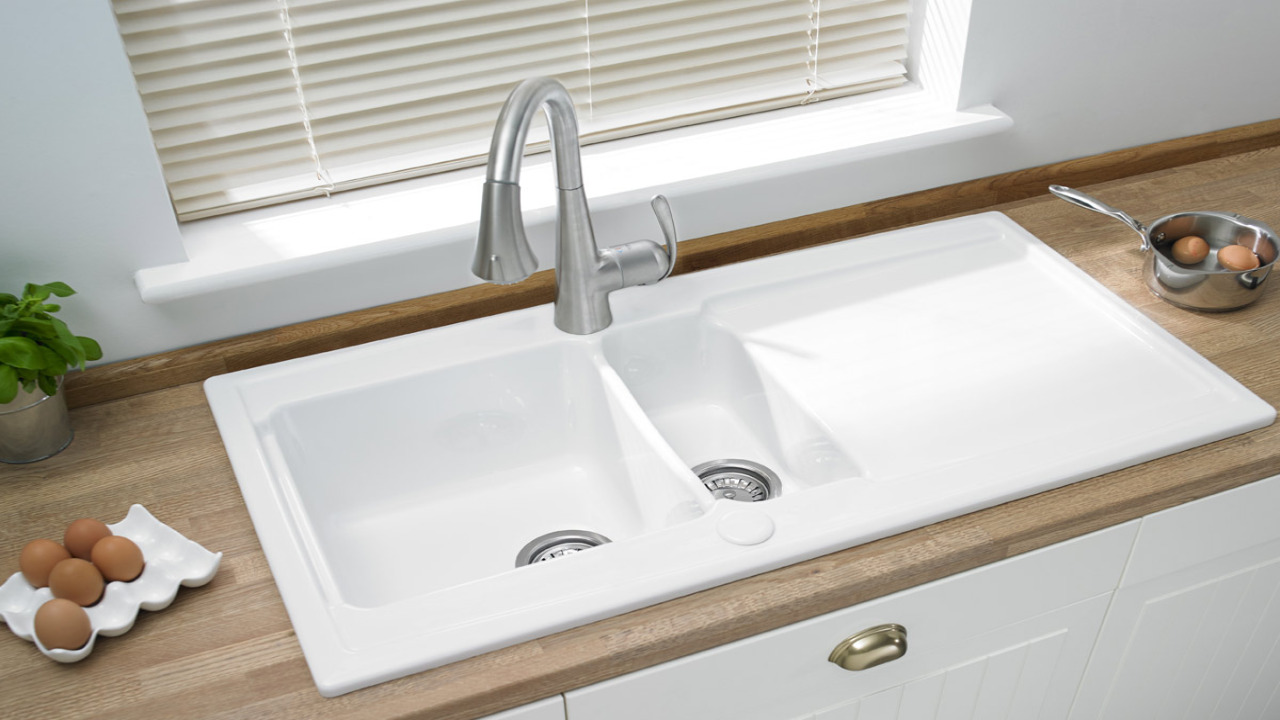
Ceramic sinks are made from clay and fired at high temperatures. They are popular for their classic and elegant look. Ceramic sinks are easy to clean and resistant to scratches and stains. They can be made in various colors and designs, making them a versatile choice for different kitchen styles. However, ceramic sinks can be more expensive than other sink types, and they can chip or crack if heavy objects are dropped into them.
Factors to Consider
When choosing the right sink for your kitchen, there are several factors to consider. First, consider your budget and the style of your kitchen. You want to choose a sink that complements your overall kitchen design and fits within your budget. Consider the size of your kitchen and the amount of counter space you have available. Larger sinks may be more functional, but they can take up valuable counter space.
Think about how you use your kitchen sink. If you do a lot of dishes by hand, you may want to choose a sink with a larger basin. If you have a small kitchen, an under-mount sink may be a better option as it maximizes counter space. Finally, consider the material and durability of the sink. You want to choose a sink that is resistant to scratches, stains, and rust and that will last for many years.
Conclusion
In conclusion, choosing the right kitchen sink is an important decision when designing or renovating your kitchen. There are many types of kitchen sinks to choose from, each with its own set of advantages and disadvantages. By considering your budget, kitchen style, size, and usage, as well as the durability and material of the sink, you can make an informed decision and choose the right sink for your kitchen that will meet your functional and aesthetic needs for years to come.